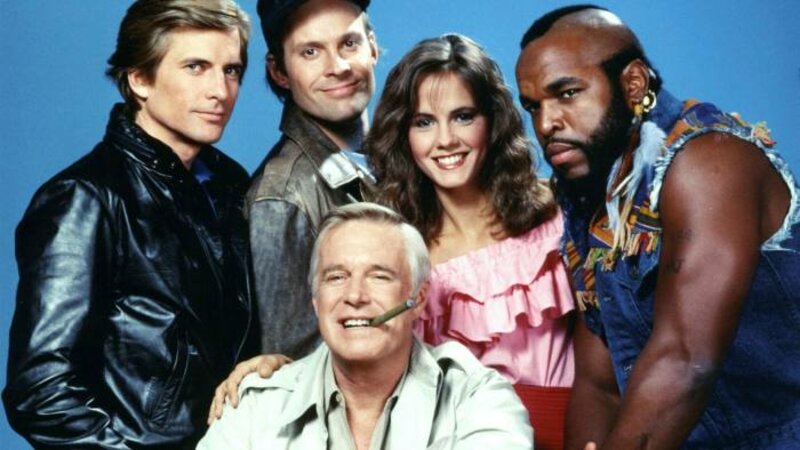
I love it when a plan comes together
It’s that time again…
The time of year when everyone that has input into it, is scrambling to include their two cents.
The time of the year where all of those great ideas and wish-list items, might have a possibility of finally being funded.
That’s right — it’s budget planning time!
Given everything that has taken place over the last 18 months or so, this year’s budgeting exercise is sure to be very interesting — to say the least. With most employees having had a taste of remote work life over that period, is it any wonder that there is increasing push for companies to maintain some level of flexible work options. The thought of returning to commuting 5 days per week, is not overly appealing to most people… who knew!
For those organizations that are looking to maintain flexible work arrangements, one of the key pieces of the puzzle to ensure its success in 2022 and beyond, will be the choice of the workforce management system implemented across the business. Given that most decisions on vendors are done by consensus these days, the process for selecting a suitable product can be quite lengthy - even before it’s submitted into the budget plan.
Here are the most common steps to selecting a SaaS vendor:
- Establish a ‘selection committee’
- Define business requirements
- Identify potential vendors
- Develop evaluation criteria
- Conduct initial vendor assessment
- Evaluate vendors and schedule demos
- Complete vendor selection
- Complete procurement process
I’ve seen this process play out in organizations in mostly 1 of 2 ways. Some companies prefer to set the budget first, and then the ‘selection committee’ works the above steps within those bounds — whilst other companies prefer the ‘selection committee’ complete steps 2–6 and submit the cost with an accompanying business case as part of the budget planning process.
The companies that already have some form of workforce management technology might have a slightly quicker process this year, as they may just be looking to upgrade to a modern product due to their current solution having -
- cumbersome UX
- dated and limited functionality
- not been designed for remote work of this scale
They have the advantage of a basis of comparison, and the experience of knowing the good, the bad, and the ugly, when assessing potential new vendors. Rather than learning what they want and need in a solution as-they-go, they already know it and can therefore be more targeted in their approach.
The companies that don’t currently have a workforce management solution — whilst their process for deciding and agreeing on the right platform will be slightly longer due to starting with a ‘blank canvas’, the benefit they have is they’ll likely (you would hope) be assessing the latest technologies in the market. This means that while there may be some learning as-they-go in the process, they may not have pre-conceived ideas on the “ideal platform” and get to view functionality and UX that may not have existed even 5 years ago, through ‘fresh eyes’.
With all of this in mind, it is extremely important for those involved in the vendor selection process, give themselves the adequate time to make the best decision. Not only are you deciding on the platform your employees and leaders will use in the following year, but it’s also likely to be the platform that your organization uses for at least the next 3 years.

